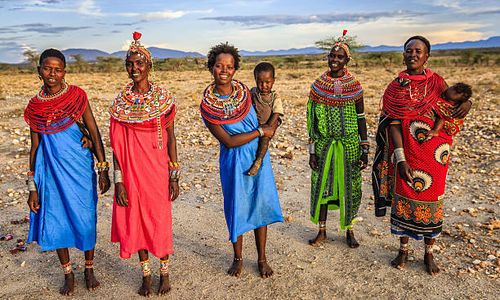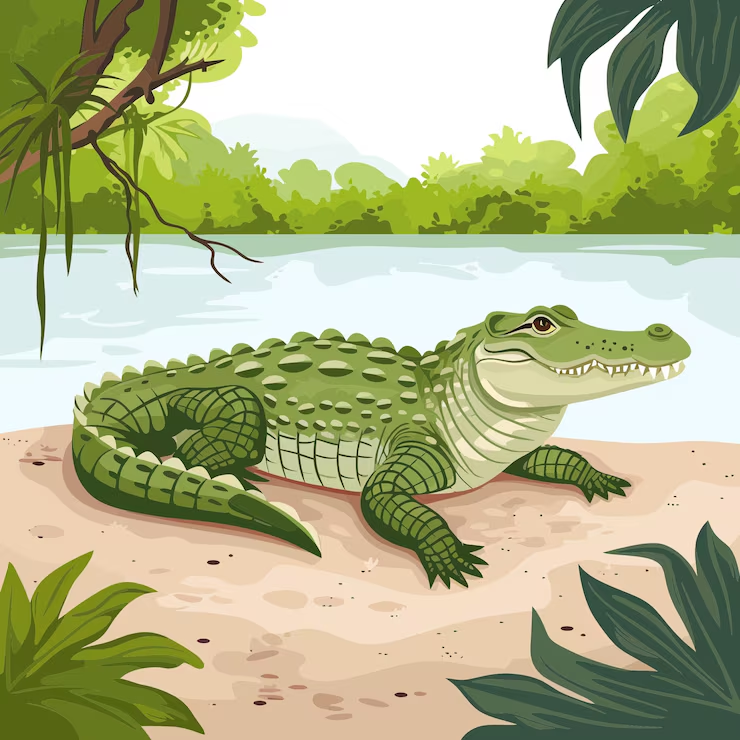Answers For Field trip to Kenya
Answers and detail explain for Field trip to Kenya
Explain
Field trip to Kenya

Jack: Katy, hi. Thanks for inviting me round.
Katy: Thanks for coming know you're up to your neck in finals revision, but I've got to make up my mind about next year's Geography field trip and I'd really like your advice. We've got to choose between an African trip and one in Europe. They've told us a bit about both trips in the lecture but I really can't make up my mind, and I know you did the African one last year.
Jack: That's right.
Katy: So, where exactly did you go? I mean. I know it was in Kenya, in East Africa ...
Jack: Yes, well, we were right up in the 1north-west of the country. It was beautiful. We stayed in a place called the Marich Pass Field Studies Centre.
Katy: Right. Dr Rowe said the accommodation was traditional African-style cottages. er. he had a special name for them ..
Jack: Bandas. Yes, they're fine. You have to share two or three people together. They're pretty basic but you have a mosquito net. They don't provide 2spray though so remember to take plenty with you - you'll need it. And there's no electricity in the Field Centre - you’ll have hurricane lamps instead They give a good light, it's no problem.
Katy: What about places to study? Dr Rowe said there was a 3library ...
Jack: Yes. but it’s quite small. There's a lecture room as well - but most of us worked out in the open air, there are plenty of places outside. And it's so beautiful - you're right in the middle of the forest clearing
Katy: I gather it's a relatively unmodernised area?
Jack: Definitely. They actually set up the centre there because it's on the boundaries of two distinct ecological zones the 4mountains, where the people are mainly agriculturalists, and the semi-arid plains lower down, where they're semi nomadic pastoralists.
Katy: So, how much chance did you get to meet the local people there? Did you get die chance to do interviews?
Jack: Yes though we had to use local interpreters. But that was OK. Then we did 5field observation, of course, looking at environmental and cultural conditions, and morphological mapping.
Katy: What's that?
Jack: Oh. Looking at the surface forms of the landscape, the slope elements and so on.
Katy: What about specific projects?
Jack: Yes. After the first two or three days, we spent most of our time on those. We could pretty well do what we wanted, although they all had to relate to issues concerned with 6development in some way. People did various things .. some were based on social and cultural topics, like the effect of education on the aspirations of young people, and some did more physical process-based studies, looking at things like soil erosion. My group actually looked at issues relating to 7water, things like sources such as rivers and wells, and quality and so on. It was a good project to work on, but, a bit frustrating - we felt we needed a lot more time really.
Katy: Right. Dr Rowe did say something about limiting project scope.
Jack: Yes, he told us that too at the beginning and I can see why now. What else ... well, we had some good trips out as part of the course. We went to a 8market town a place called Sigor - that was to study distribution and to look at agricultural production we went to the Wei Wei valley, that's an important agricultural region.
Katy: And what about animals? Did you have a chance to go to a 9national park?
Jack: Sure, we did a top on the last day, on the way back to the airport at Nairobi. But actually there was lots of wildlife at the Field Centre vervet monkeys and baboons and lizards ..
Katy: Mmm. It does sound good.
Jack: It was excellent, I‘d say. In terms of logistics it was very well run, but it was more than that I mean, it's not the sort of place I‘d ever have got to on my own, and it was a real eye-opener - it got me really interested in development issues and the way other people live. I did find it frustrating at the time that we couldn't get as far as we wanted on the project, but actually I'm going to follow it up in my 10dissertation, so it's given me some ideas and data for that as well.
Katy: So you'd say it was worth the extra money?
Jack: Definitely.
Complete the notes below. Write NO MORE THAN THREE WORDS for each answer.
Field Trip to KenyaArea of country: the 1 (northwest | north-west) of Kenya Accommodation: Marich Pass Field Studies Centre
Type of environment: both 4 (mountains) and semi-arid plains Activities:
Jack’s group did project on: 7 (water) supply and quality issues Expeditions:
Evaluation:
|
![[Forecast Q2-2025] - Biology lecture](https://static.helik.app/reading/8fd3d7d2-ccf9-47a3-8920-2e7a3b0d6607)
![[Forecast Q2-2025] - Living in the City](https://static.helik.app/reading/1a60bcf3-f3a7-4e9b-97a2-94d156a0de3b)
![[Forecast Q2-2025] - Student Union](https://static.helik.app/reading/fb443123-8c1d-447e-8c79-5a01650f4754)
![[Forecast Q2-2025] - Fruit-picking Job in an Orchard](https://static.helik.app/reading/e1968346-6c55-44ae-b8d3-f6a4fb7207b9)
![[Forecast Q2-2025] - University Crime Prevention](https://static.helik.app/reading/bdda593e-16d6-4c72-8a12-b116e917b27c)
![[Forecast Q2-2025] - Business Course](https://static.helik.app/reading/3308e282-99a6-4bcb-9d22-0b488701d968)
![[C20T1] - Choosing a restaurant](https://static.helik.app/reading/e9b21123-c43c-42fb-88b7-5d0be3a37e03)
